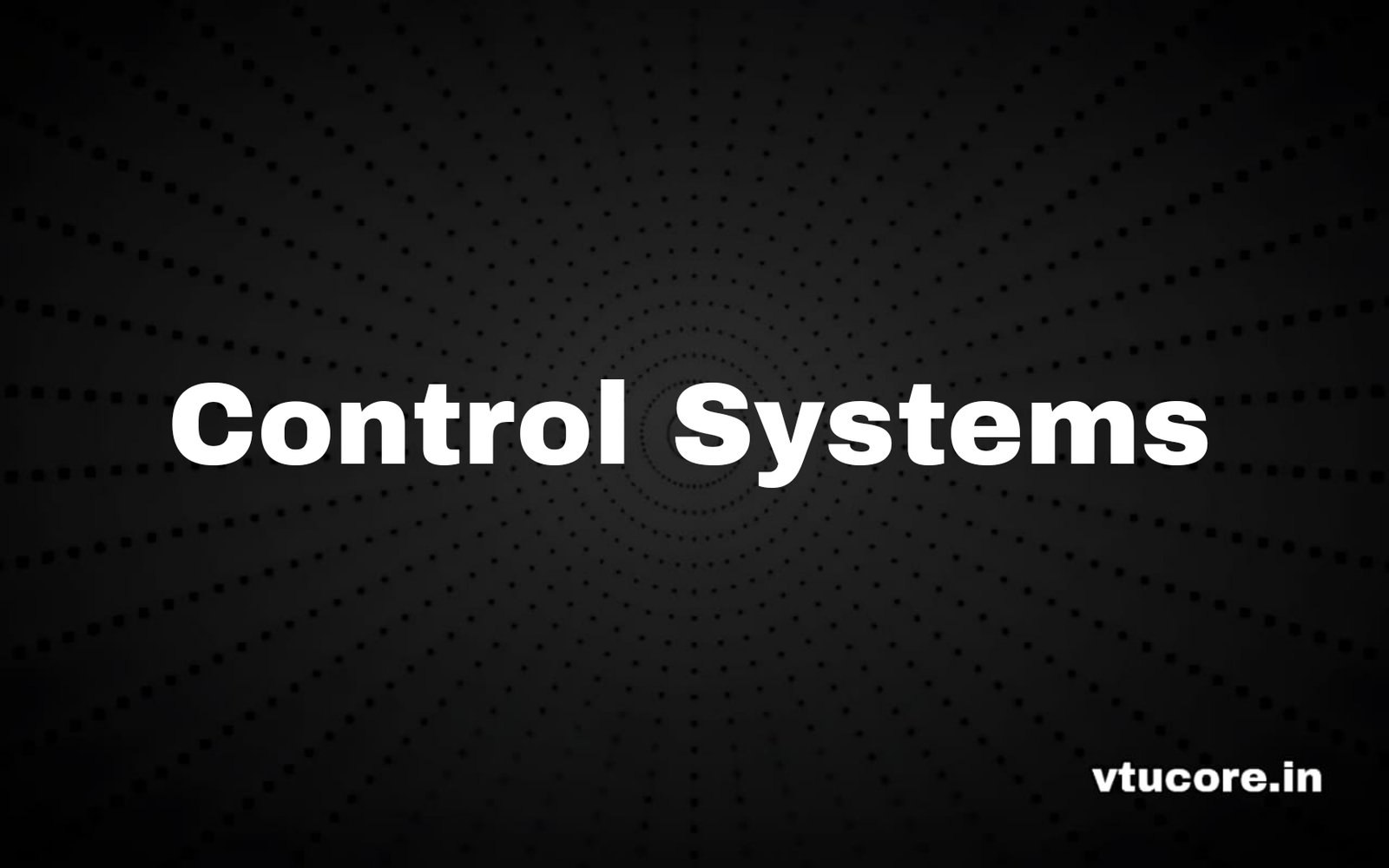CONTROL SYSTEMS (PCC) BEE602
Course Code: BEE602
Credits: 04
CIE Marks: 50
SEE Marks: 50
Total Marks: 100
Exam Hours: 03
Total Hours of Pedagogy: 50H
Teaching Hours/Weeks: [L:T:P:S] 3:2:0:0
Introduction to control systems: Introduction, classification of control systems.
Mathematical models of physical systems: Modeling of mechanical system elements, electrical
systems, Analogous systems, Transfer function, Single input single output systems, Procedure for
Deriving transfer functions, servomotors, gear trains.
Block diagram: Elements of Block Diagram, Block diagram of a closed loop system, Block diagram
reduction techniques, procedure for block diagram reduction to find transfer function. Numerical.
Signal flow graphs: Construction of signal flow graphs, definition of some important terms, basic
properties of signal flow graph, Mason’s gain formula, signal flow graph algebra, Numerical
Time Domain Analysis: Introduction, Standard test signals, time response of first order systems,
time response of second order systems, Time response specifications, steady state errors and error
constants, Approximation of higher order systems and step response of second order systems with
zero’s.
Routh Stability criterion: BIBO stability, Necessary conditions for stability, Routh stability
criterion, difficulties in formulation of Routh table, application of Routh stability criterion to linear
feedback systems, relative stability analysis. Numerical
Root locus: Introduction, root locus concepts, construction of root loci, rules for the construction of
root locus. Numerical
Frequency domain analysis: Introduction, Co-relation between time and frequencyresponse–
2
ndorder systems only.
Bode plots: Basic factors G(iw)/H(jw), General procedure for constructing Bode plots, computation
of gain margin and phase margin. Numerical
Control Systems– Compensators and Controllers: Introduction, Phase-Lead Compensator, PhaseLag Compensator, Lead-Lag Compensator. Proportional controller, Derivative controller, Integral
controller, PD Controller, PI Controller, PID Controller,
State space model– Concepts of State, State variable and State model, State Model for linear
continuous time systems, Transfer Function from State Space Model, State Transition Matrix and its
Properties, Solution of state equation.

